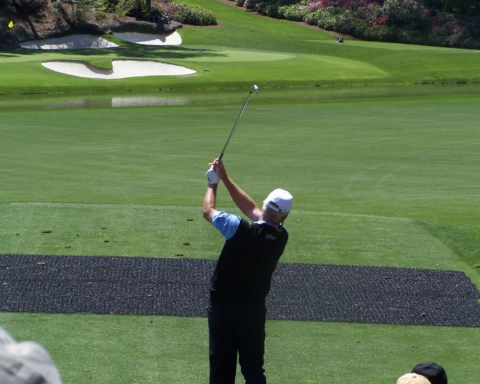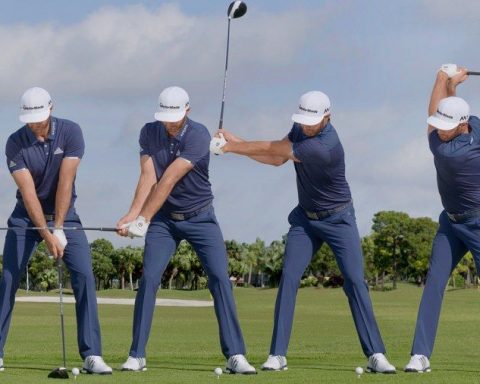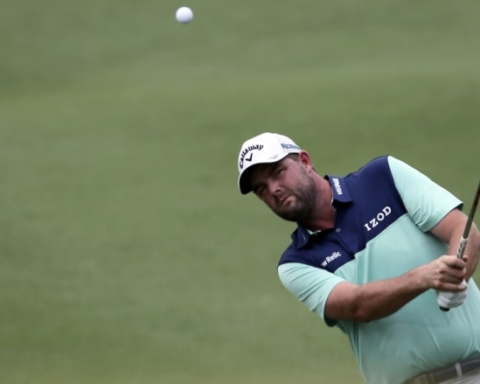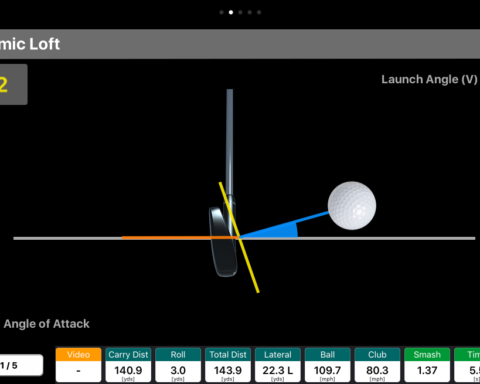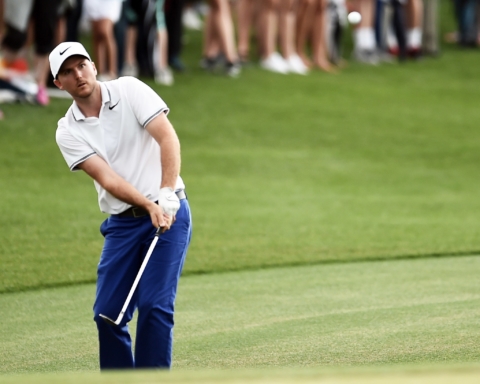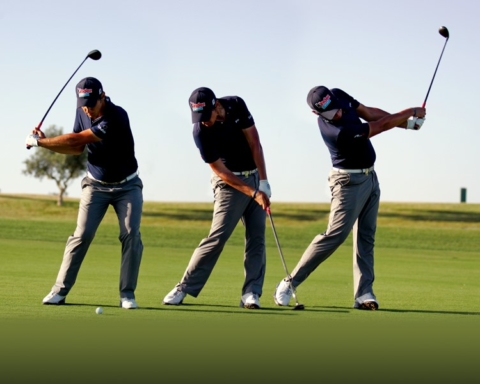The first tip is understanding ball flight laws. Very often I play with golfers that hit errant shots and don’t know why the ball went the direction it went and why it curved.
The face direction at impact depending upon club-head speed will dictate about 80 to 85% of the ball starting direction.
Path, the direction the club is traveling at impact will slightly affect initial direction but will have the most influence on curve. The difference between the path and face direction will cause curve.
D plane or for simplicity, the angle of attack will also have an effect on the starting direction of the ball. The steeper the angle of attack the more to the right of a right-handed player the ball will start and would inversely affect ball flight with left. With a driver with an upswing of 5 degrees with everything else neutral the ball would start left, Club lie angle also has an effect, the more loft the more effect.
The video below lays out the ball flight laws in a simplistic and easy to understand video.
The second tip is to learn to make more short putts. Tour players rarely miss 3-foot putts. I believe Jason Day made over 500 in a row in tournaments. Most amateurs miss a ton of 3′ putts. This is just one of many drills to work on your short putts, the quickest way to lower your handicap.
The third tip is about the mental game. If your mental game is good you will tend to shoot lower scores. How many times have you left the golf course thinking about missed putts or wild tee shots when you should have been reviewing your mental game and decision making.
How often do you hit a bad shot and blame your ball striking when you should think did I make a decision that reduced my chances of success? If you have made a good decision a bad shot should have minimal damage. Check out this article to help your mental game.
http://www.golfwrx.com/460312/5-strategies-to-keep-your-mind-in-the-present-on-the-golf-course/
Best of luck and happy holidays.
Jim Hartnett, PGA



